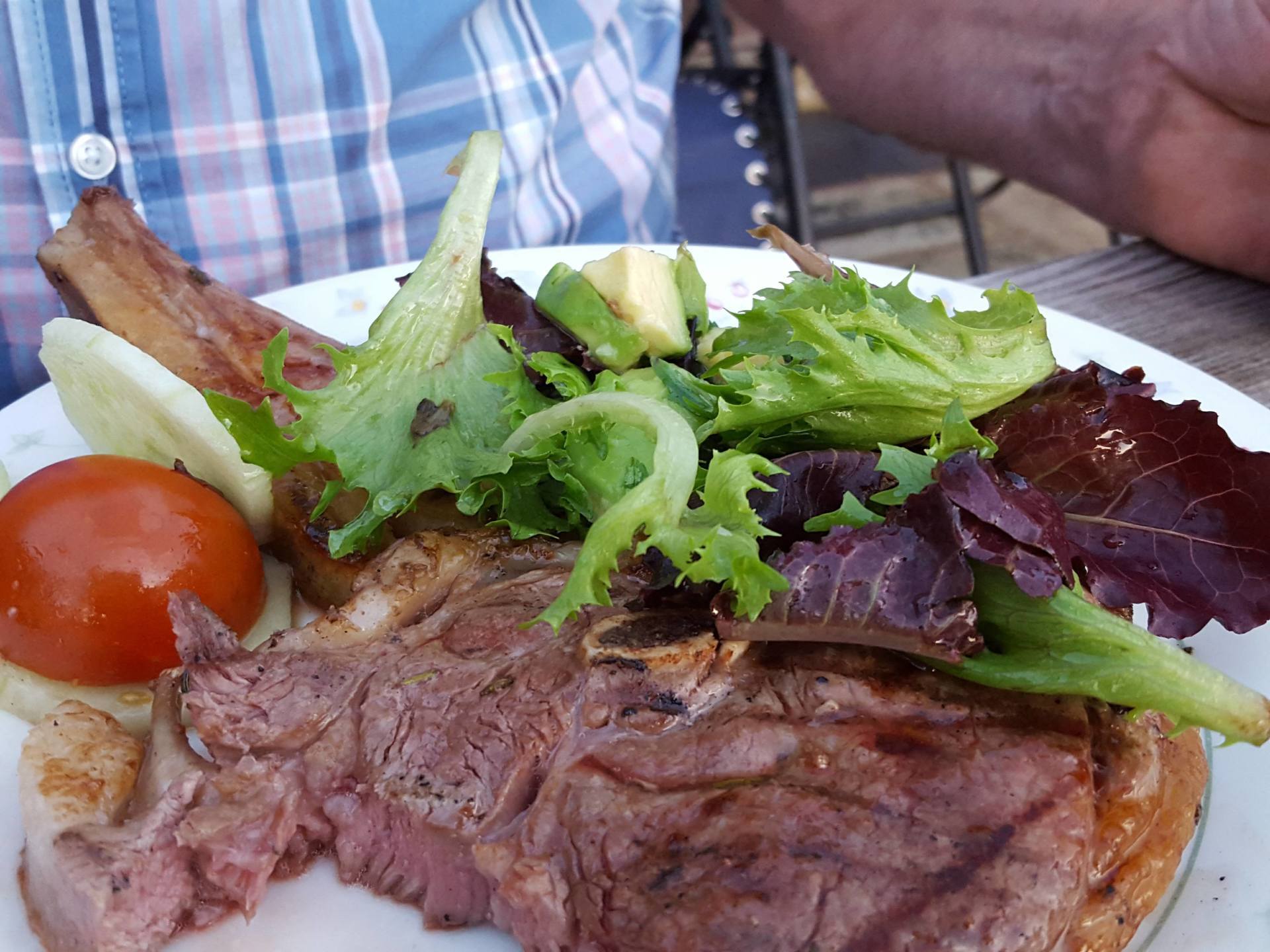Troutsdale Farm Blog



The Black Death BBC Programme - by Lucy Worsley - now visit Eyam the local Plague village and it's fasinating history
This is a subtitle for your new post

© Copyright Stephen McKay
"Lucy Worsley Investigates: The Black Death" is a BBC television program that explores the history of the Black Death, also known as the Bubonic Plague, which was a pandemic that swept across Europe in the mid-14th century. The program is presented by historian Lucy Worsley, who examines the impact of the disease on society and its lasting effects. Through a combination of historical research, expert interviews, and reenactments, Worsley provides a comprehensive and engaging overview of this important period in history. The program seeks to shed light on the causes and spread of the plague, its devastating impact on communities, and how it changed the course of history.
https://www.bbc.co.uk/programmes/p0bvhk4g
Lovely to hear how important Staffordshire was at the time too!
NOW EXPERIENCE THE PLAGUE VILLAGE OF EYAM IN DERBYSHIRE - discover the sacrificies this village made.
EYAM VILLAGE IN THE PEAK DISTRICT
Eyam, a small village in Derbyshire, England, is important in the context of the Black Death because it is known for its unique response to the outbreak of the Bubonic Plague in 1665. Rather than flee the area, the villagers of Eyam decided to quarantine themselves in order to prevent the spread of the disease to other communities. This act of self-sacrifice is seen as a remarkable demonstration of community spirit and selflessness, and is widely remembered as a testament to the bravery and resilience of the villagers of Eyam in the face of the devastating pandemic. The story of Eyam is often highlighted in discussions of the Black Death, and serves as an important reminder of the impact that the disease had on communities across Europe.
When you visit the village of Eyam, you can see several historical landmarks and sites that relate to the outbreak of the Bubonic Plague in 1665. Some of the notable sites include:
- The Plague Cottages: A row of 17th-century cottages that were home to families affected by the plague. These cottages have been preserved and are open to the public, offering a glimpse into life during the time of the plague.
- The Plague Well: A well in the center of the village that was used by villagers to collect drinking water during the quarantine.
- The Church of St. Lawrence: The village church, which is thought to have served as a center for the community during the outbreak of the plague. The churchyard is the final resting place for many of the villagers who died from the disease.
- The Plague Memorial Cross: A memorial cross that was erected in the center of the village in memory of those who died from the plague.
Visitors to Eyam can also learn about the history of the plague through various museums and exhibitions in the village, and can take guided walks and tours to learn more about the story of Eyam and its connection to the Black Death.
GUIDED TOURS
It is possible to get a guided tour of Eyam. There are several local tour companies that offer guided walks and tours of the village, and many of these tours focus specifically on the history of the Bubonic Plague and the story of Eyam's response to the outbreak. These guided tours can provide an in-depth and informative look at the history of the village and the events that took place during the time of the plague, and may also include visits to notable landmarks and sites related to the outbreak. It is recommended to check with local tour companies or the tourist information center in Eyam to find out about available tours and to make a reservation in advance.
A quick search for "Eyam village tours" or "Eyam plague tours" should give you a list of local tour companies that offer guided walks and tours of the village. You can then compare the different tour options and choose one that best suits your interests and schedule. Additionally, the tourist information center in Eyam may be able to provide you with information about local tour companies and their offerings.
PARKING
There are several public car parks in and around the village of Eyam where you can park your car. The exact location and availability of parking may vary depending on the time of year and the popularity of the village as a tourist destination. Some popular car parks in and around Eyam include:
- Eyam Hall Car Park: A large car park located close to Eyam Hall and the center of the village.
- The Damems Car Park: A smaller car park located near the entrance to the village, close to the famous Plague Well.
- The Dale Road Car Park: A car park located on the edge of the village, near the start of several popular walks and trails in the surrounding countryside.
It is recommended to check with the tourist information center in Eyam for the most up-to-date information on parking in the village, as well as for any restrictions or time limits that may be in place. It is also important to note that parking in Eyam can become busy during peak tourist season, so it is a good idea to arrive early to secure a parking spot.
WHERE TO EAT
Eyam is a small rural village and may not have many dining options. However, there are a few local pubs and cafes that serve food and drinks to visitors. Some popular places to eat in Eyam include:
- The Miners Arms: A traditional village pub that serves a range of locally-sourced food and drinks.
- The Robin Hood Inn: A popular local pub that serves traditional pub food and a range of drinks.
- The Derbyshire Tea Room: A cozy cafe that serves a range of hot and cold drinks, light bites, and baked goods.
It is recommended to check with the tourist information center in Eyam or to check online for the most up-to-date information on dining options in the village, as well as for any seasonal variations or special menu items. Keep in mind that dining options in Eyam may be limited, so it may be a good idea to plan ahead and bring your own food if you prefer..... and enjoy a picnic
WALKING
the countryside around Eyam is generally considered to be scenic and picturesque. The village is located in the heart of the Peak District, a beautiful area of rolling hills and lush green valleys that is popular for walking, hiking, and outdoor recreation. The surrounding countryside is dotted with charming stone villages, rolling farmland, and dramatic cliffs and crags, making it a great destination for those who enjoy scenic walks and breathtaking views. Whether you're exploring the hills and valleys on foot, or simply admiring the views from the village itself, the countryside around Eyam is sure to impress.
It is lovely to discover the history of Eyam, then take a walk in the surrounding countryside and enjoy some local food
FOLLOWING OUR COVID 19 EXPERIENCE - why should we visit eyam village and the history of the black death - what can we learn
Visiting Eyam and learning about the history of the Black Death can provide valuable lessons and insights into the impact of a pandemic on a community, and how individuals and society as a whole can respond to such a crisis. Some of the key lessons that can be learned from a visit to Eyam and the history of the Black Death include:
- Community Spirit: The people of Eyam made the decision to isolate themselves from the outside world in order to prevent the spread of the Plague, showing remarkable bravery and selflessness in the face of a deadly disease. This spirit of community and mutual support is an important lesson that can be learned from the story of Eyam.
- Public Health Measures: The measures taken by the villagers of Eyam to slow the spread of the Plague, such as quarantine and self-isolation, are similar to the measures being taken today in response to COVID-19. By studying the history of Eyam and the Black Death, we can see how effective public health measures can be in controlling the spread of a disease.
- Resilience: Despite the devastating impact of the Plague on the village of Eyam, the community was able to recover and rebuild over time. This resilience and determination in the face of adversity is another important lesson that can be learned from the history of Eyam.
- Empathy and Compassion: The people of Eyam showed remarkable empathy and compassion for one another during the outbreak of the Plague, with many risking their own lives to care for the sick and bury the dead. This spirit of compassion and selflessness is a lesson that can be applied to our own lives and the ongoing COVID-19 pandemic.
Overall, a visit to Eyam and the study of the history of the Black Death can provide valuable insights into how individuals and communities can respond to a pandemic, and the importance of public health measures, community spirit, resilience, and compassion in overcoming adversity














